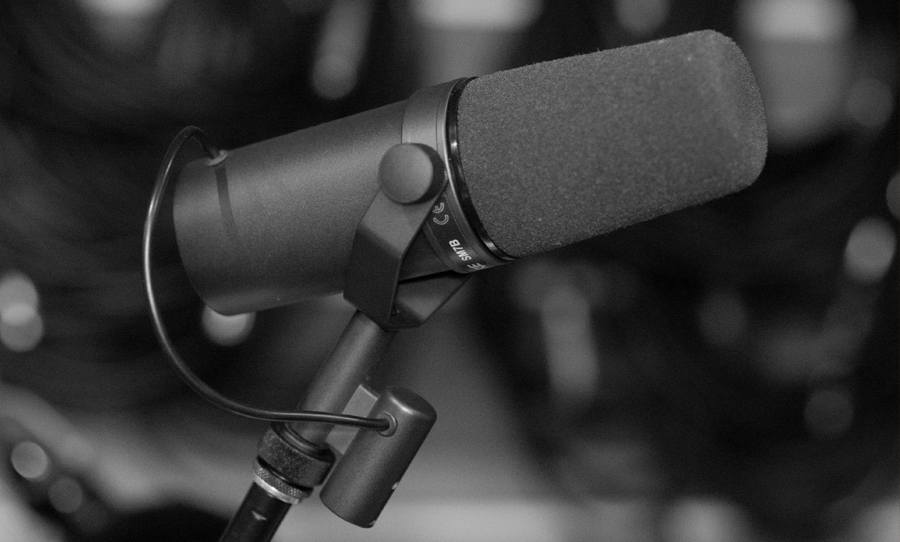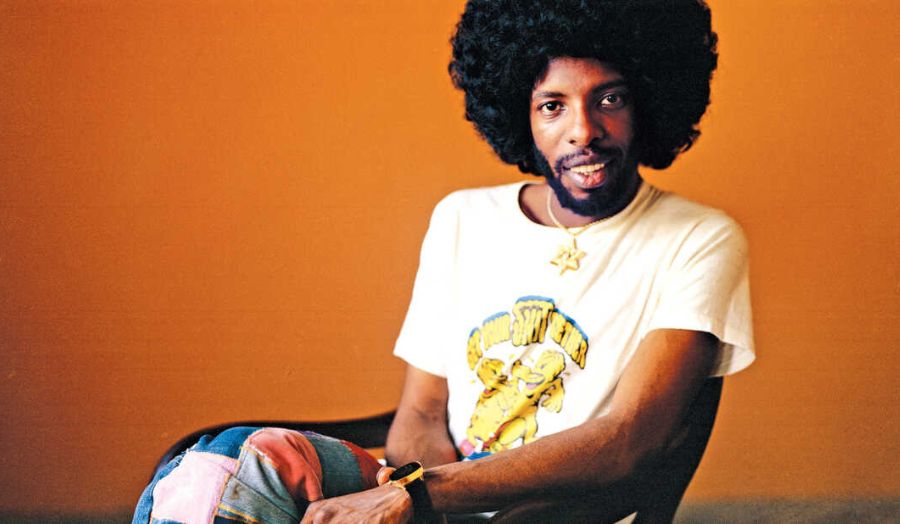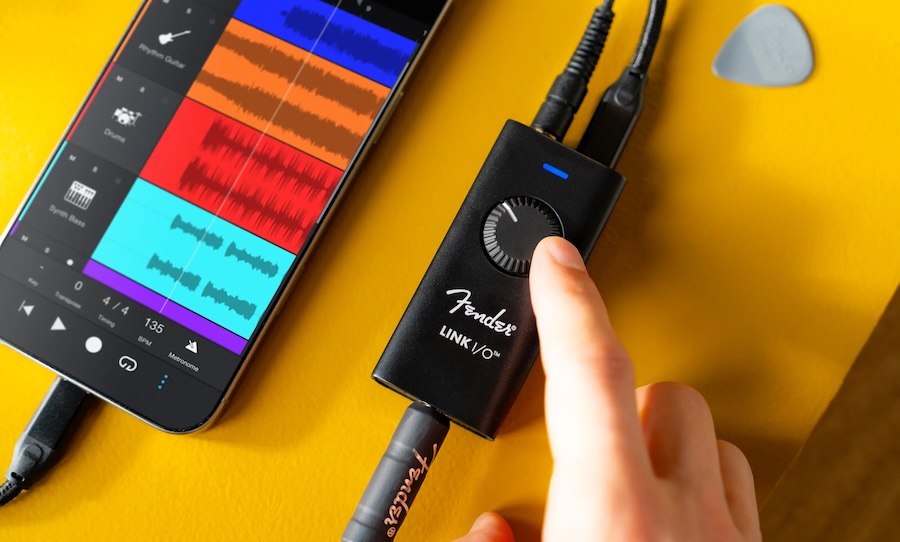The challenge vocal recording can be equal parts frustration and fascination. Join us as we explore six different ways to treat the vocal in a mix.
Previously we explored options for creating distinct vocal tones through the compilation of processors – typically known as a vocal chain. The vocal recording chain relates less to the vocal’s place in the mix of instruments and more to the creation of a unique and characterful tonal signature that can stand on its own.
The other side of this coin, however, is the question of how the lead vocal can maintain its place of prominence in the mix, while being simultaneously part of the band. We often have to apply different kinds of effects to create this sense of togetherness, ranging from the blatantly apparent to the barely perceptible.
Read on for an exploration of five effects that create cut-through, space, width and that all-important “glue” in a mix.
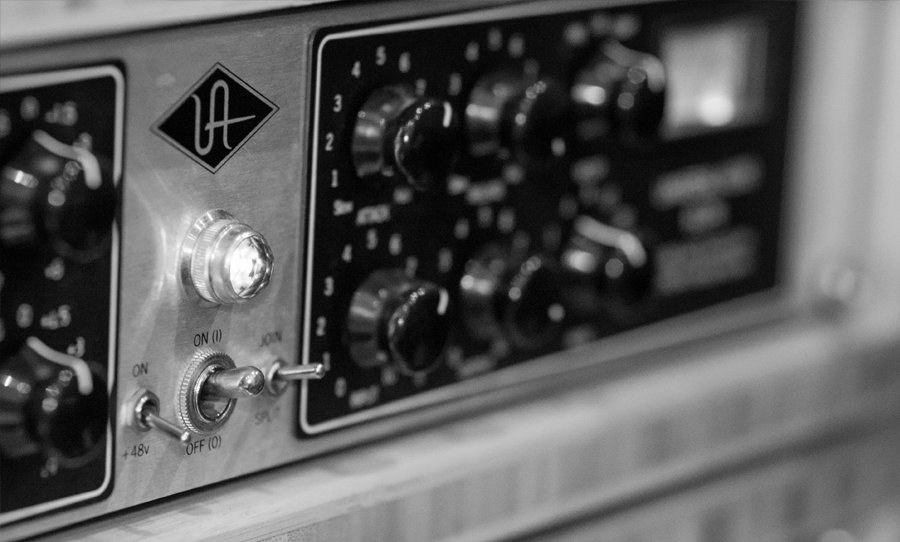
Cutting Through the Noise
EQ is a tool that can be crucial in carving out enough space for the voice to keep its position at the forefront of the listener’s attention.
Firstly, understanding what’s happening around the vocal can be the key to creating its own special place in the frequency spectrum. For example, if there are elements in the arrangement that possess a lot of energy in the mid-range to upper mid-range of the spectrum, it can “mask” frequencies that are important to lyrical intelligibility.
As a result, you may need to either boost those frequencies in the vocal recording, or cut some of the frequencies in the channels that are competing with the voice. Getting familiar with the zone from 1kHz up to around 5kHz – a crucial, attention-hungry slice of the spectrum – will help you to make astute and nuanced mixing decisions and be able to make the vocals a prominent element in the mix.
Parallel Dimensions
Another tool that is commonly found in tracking and mixing is the compressor. In tracking, compressors are often used for taming unwieldy dynamic peaks and for subtly manipulating the vocal envelope.
In the mix however, compression can be used to quite radically alter the character of a vocal track. Setting up a track, sending some of the vocal to the track via an auxiliary path, then putting a compressor on that track is known as parallel compression. This form of compression can be great way to give the vocal performance real weight and definition in the mix without changing the inherent character of the main vocal track.
Putting a compressor on a track and feeding its sidechain input with the vocal can be a deft and organic way to create dynamic interest. The principle is quite simple – the vocalist sings, an auxiliary signal from that vocal track is fed to a compressor, then whatever is on the compressed track is pushed down (also known as “ducking”). This can also be an elegant solution to the aforementioned issue of competing tracks in mix.
Creating Chambers
Reverb can be used in several ways to enhance the vocal’s position in a mix. It has an obvious purpose for adding ambient reflective tails to a sound, but can also be used in more subtle ways to create a connection between the vocal and the rest of the sounds in a mix.
Getting a vocal to bed in with the rest of the band can be a real challenge, owing to the inherent paradox of a lead vocal – it should be part of the band, but it should also stay in forefront of the listener’s attention.
Thinking of reverb as a way to create a “chamber” of sound can be key to getting the vocals to feel consistent and an organic member of the ensemble. Sending multiple instruments and the vocals to an artificial chamber that’s been created by reverb is a classic tactic for connecting disparate mix elements with ambience.
Conversely, reverb can be used as a statement piece for cementing a voice’s personality. Plates, springs, convolution reverb and digital emulations all have their distinct flavours, all of which can define genre, or pay homage to a particular era.
Echo, Echo, Echo…
Delay and reverb don’t need to work in isolation, but they can affect a vocal in radically different ways. Reverb bunches reflections together tightly to create the apparent sense of a being in a chamber. Delay sounds more like echoes off a cliff face – distant, otherworldly and less realistic than reverb.
The downside of reverb is that it can create some clutter, as it adds a continuous tail of sound to the back of a sound. Delays are much cleaner, with definitive gaps between the echo repeats.
Dynamic spatial movement is also a key strength of delay. Setting a ping pong delay or experimenting with a mid-sized configuration can create more interest in the stereo field and help to make the vocal feel wider.
Very short delays can also be hugely effective. They can have a thickening effect on the voice; like parallel compression, it can help the vocal hold its own among the heavier elements in the mix. Slapback echoes are a bit longer, more perceptible and can offer up some extra rhythmic movement to the song.
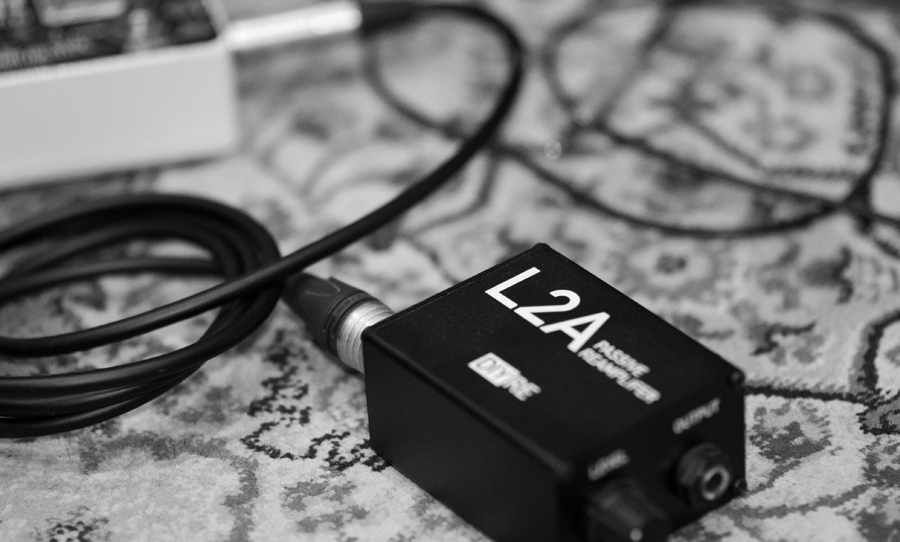
Pedals as Outboard
Then, of course, you can take a quite different approach to vocal recording by using your guitar pedals as outboard effects. While plugins tend to have detailed and tweakable parameters, sending a vocal through a chain of your favourite stompboxes, or even a guitar amp, will have the potential to bring a bit more chaos into your vocal sound.
You’ll need to make use of a reamper – a device that transforms a balanced line-level signal into an unbalanced guitar level signal. If you send a signal from an auxiliary master to the reamper, then onto your desired pedals, then record the output, you’ll have a double of your vocal, but with effects.
For an additional dimension of fun, why not incorporate a reamp chain into your recording? That way, a singer can choose whatever effects they like and play with their custom chain while delivering their performance.
Getting Dirty
Distortion may not spring to mind immediately when considering vocal effects, but understood correctly, it can be used to advantage.
Most people think of the glorious crunch of an electric guitar when we hear the word distortion. All that’s happening though is the alteration of the sound’s harmonics. When these waveforms are altered, they create all kinds of overdrive, fuzz, growl and complete tonal destruction!
But that’s only if you want it to. That alteration of harmonics can be used to create subtle shine, bite and excitement. Sometimes the aggression and cut-through that a vocal needs can be sourced through the subtle addition of harmonic distortion, rather than EQ.
The treatment of a lead vocal can be fraught; it’s often the centrepiece of a mix, therefore the stakes are high. But the journey of experimentation should pay dividends because the effects serve many purposes and can help the whole mix as a result.
Often the first choice may not be the right one, but understanding what different effects can do within the context of mix might be integral to unlocking your own unique combinations of vocal effects.
